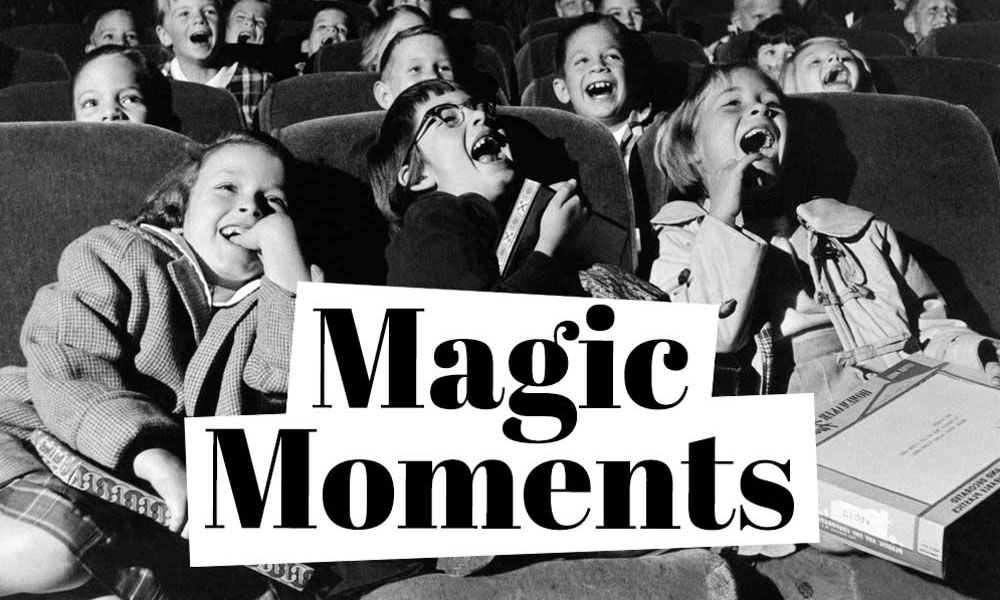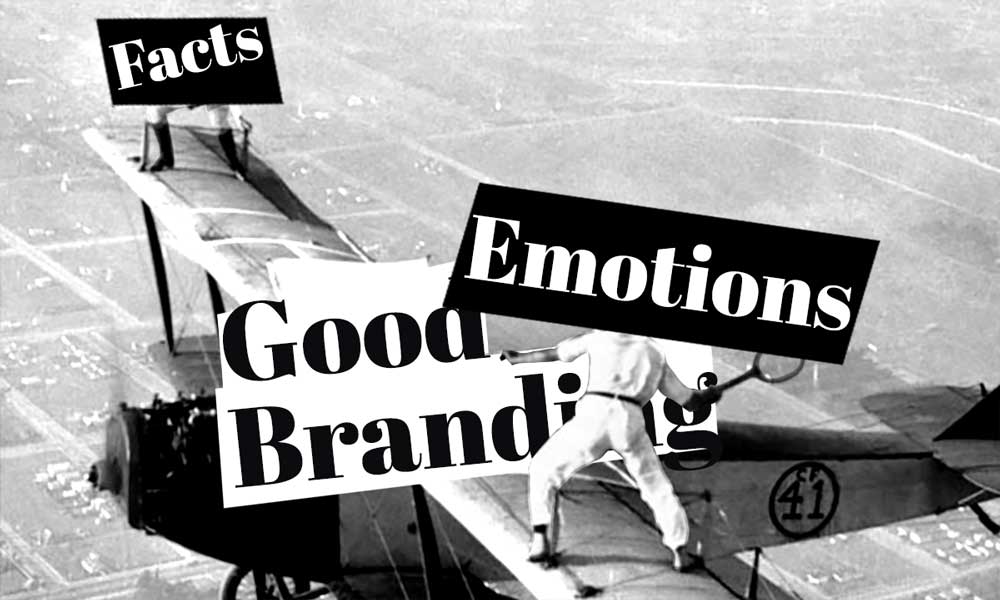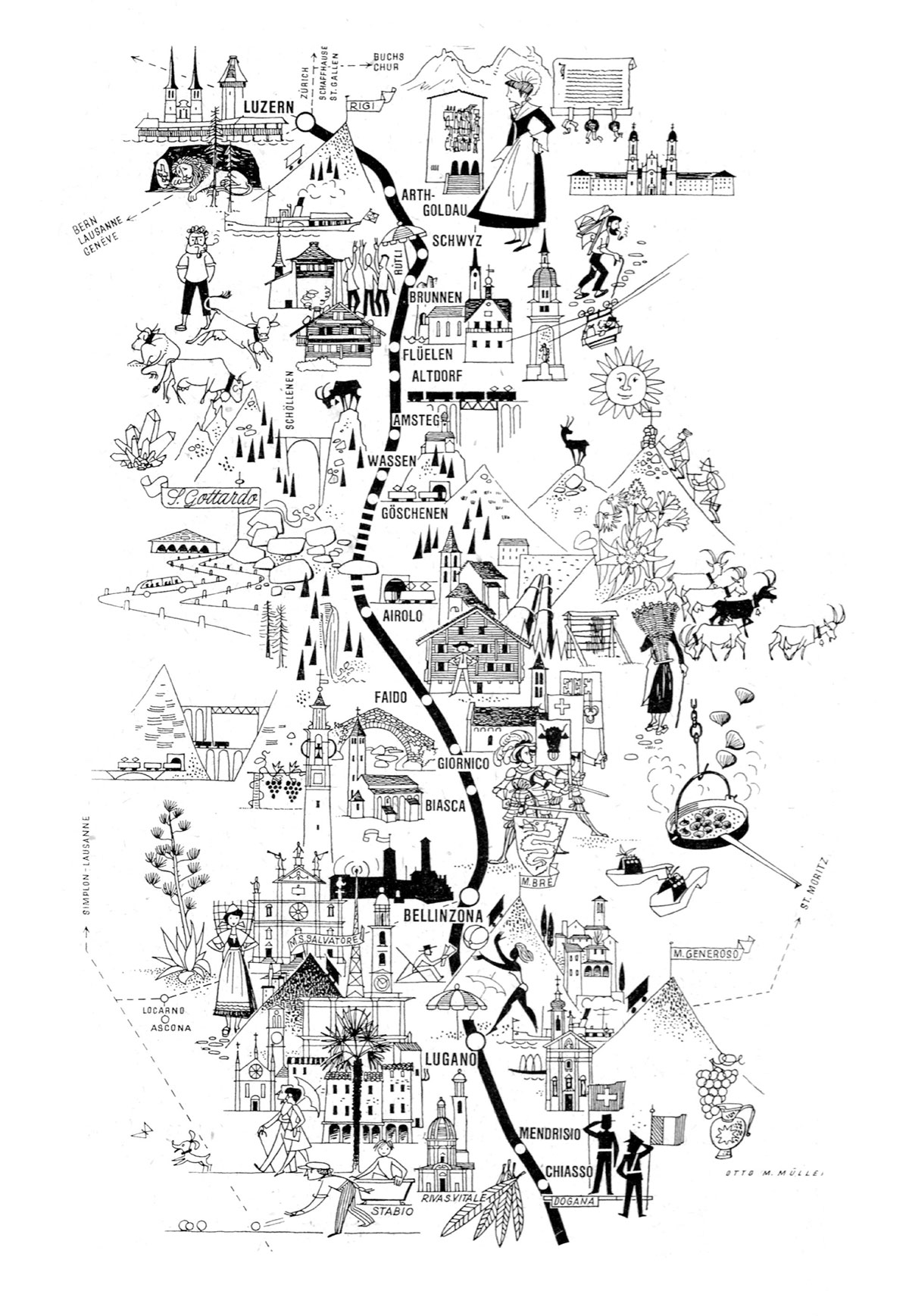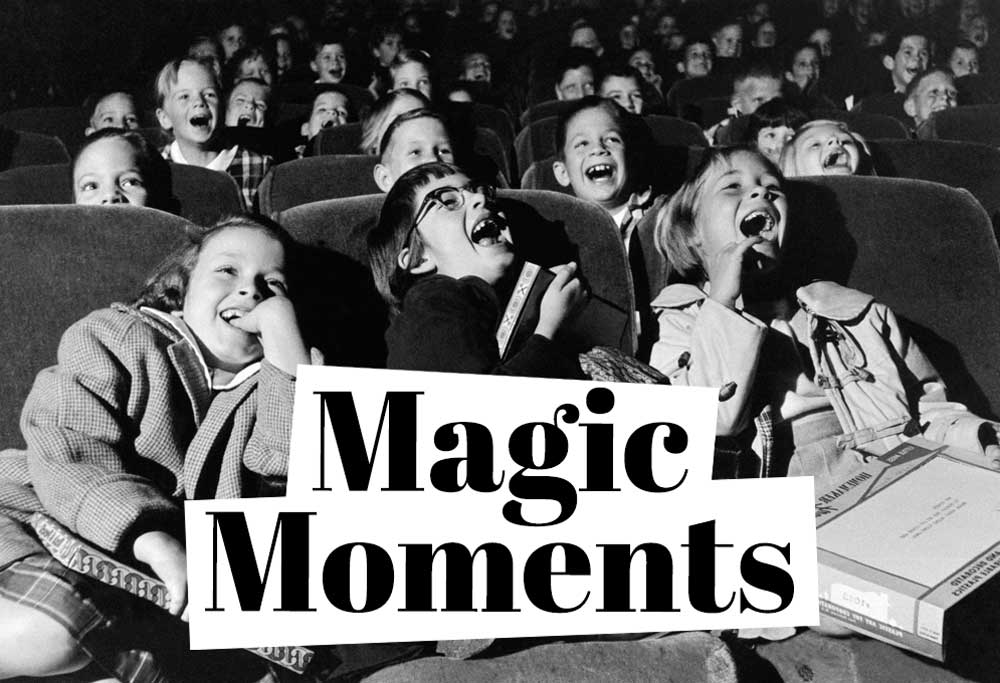Insights & Customer Journey: Get to Know Your Customers

Black Box Customer
You can’t please everyone. This also applies to brand development. Your product will only please customers in a certain niche. And that’s a good thing. Brands that try to address all potential customers at once dilute themselves too early. They become pale and faceless. At the beginning of a brand development there is therefore always the question:
"Who buys my product when, where & why?"
Customer Research helps you identify the potential buyers of your products and create a customized brand experience.
The length of this story does not allow us to cover the broad subject in its entirety. We will therefore limit ourselves to the most important keywords on the topic and try to give you a selective insight into Personas, Touchpoints, Customer Journey, Pain Points & Magic Moments.
Personas - Balancing Act Between Individual and Generality
Ideally, you know each of your customers personally. You know everything about their individual preferences and dislikes and can tailor your offer to their specific needs.
A good example of this is the corner shop, as it could be found in rural areas until a few years ago. Aunt Emma knew her customers. She knew that Mrs Müller liked to spend a little more money if you took the time for a quick chat and that Mr Meier, on the other hand, liked to do his shopping quickly. Aunt Emma was able to adapt her offer individually to her customers, rewarding them with a high level of brand loyalty.
"Brand loyalty like Aunt Emma's is hard to come by today."
Unfortunately, the Aunt Emma model is difficult to scale. The number of customers, a lack of direct customer contact and a general increase in the number of people involved in the sales process make it impossible to create an individual offer. At least without causing significant additional costs.
The so-called Personas are a pragmatic interim solution. Your customers are divided into archetypes. Now you no longer have to design an offer for tens of thousands of individuals, but can focus on 10 people who symbolize the totality of your customers.
This solution is pragmatic because it allows you to take into account the core differences in your customer composition without causing a cost explosion, as was unfortunately the case with the Aunt Emma model, which would no longer allow a profitable business model.

Think & Feel
Wherever potential customers come across your brand in everyday life, touchpoints are created. For brand development, it is particularly important to analyse the effect your brand has on the customer at every single touchpoint in more detail. We are talking here about the cognitive and emotional aspect of a touchpoint.
If, for example, you as a retail chain run an advertising campaign on Black Friday, you will be providing factual information about current special offers (cognitive) on the one hand, but on the other you will also trigger an emotional reaction towards the greatly reduced prices.
Good brand design has the task of harmonizing these two aspects and using them effectively in practice.

A good example of a difficult tightrope walk are advertising offers for meat products. On the one hand, we want to make the customer’s mouth water. This would be best done with a juicy steak straight from the grill. On the other hand, we sell raw meat and a grilled steak would communicate incorrect information about our product.
Today the meat is mostly presented raw, but served on a plate with some greenery as decoration. Everyone can judge for themselves how good this solution is.
Journey Along the Touch Points
As on a hiking route, your customers’ points of contact with the brand can be recorded on a map, from the first meeting to the purchase decision and beyond. We are talking about the Customer Journey.
For example, customers hear about your brand from a good friend, they see an advertisement for your product in your Instagram Feed and receive a free sample as they walk through the train station every morning.
The task of marketing is to identify, create, coordinate and string together these points of contact and to distribute the available resources to the individual touchpoints in a targeted manner.
A good brand supports this process by easily and effectively adapting to the respective touch points. By being able to communicate your core messages consistently across all channels and being expandable at will according to your needs.

Where Does the Shoe Pinch? - Pain Points
Like every trip, the Customer Journey has its highs (see below) and lows. The depths, pain points, are all those moments when your customers have a bad or unsatisfactory experience with the brand.
In the field of branding, pain points are often the moments when the brand experience is temporarily suspended. Imagine you shop in an exclusive boutique and suddenly have to go to the toilet. This turns out to be an exhausted outhouse, peppered with suspiciously yellow spots. A pain point like this can blow all the preparatory work you have done in an instant.
"Avoid potholes on your customers' journeys."
The keyword for avoiding pain points is therefore consistency. All touchpoints are routed along a line, which sometimes sway a bit (the second most expensive toilet paper would certainly have been enough), but may never deviate completely from the chosen route.
With your brand presence you promise your customers a brand experience. If you consistently adhere to this, then customers will build trust in you and your products.

Creating Magic Moments
On the journey of your customers Magic Moments are by far the most important milestones. They are those moments in which emotions are triggered which have a lasting impact on the perception of your brand. These are the moments in which the purchase decision is made and which the customer will sustainably associate with your brand.
Creating Magic Moments is one of the core tasks of good marketing and a strong brand is an indispensable tool to achieve this goal. A good example of a magic moment that is inextricably linked to a brand are the Coca-Cola trucks that regularly drive across consumers’ screens in the run-up to Christmas.
The jingle, visual language and story are pure Christmas and are designed to stir up the spectator’s anticipation of the festivities. The Coca-Cola brand rides on the back seat and is unconsciously associated with the positive feelings of Christmas.

This Is How Studio9 Will Help You
Studio9 will be happy to assist you with any questions you may have regarding customer research and will accompany you in the design of effective and emotionally appealing customer journeys, tailored to your brand.
Please contact us for a non-binding conversation in which we can explore a possible cooperation. We look forward to hearing from you!




